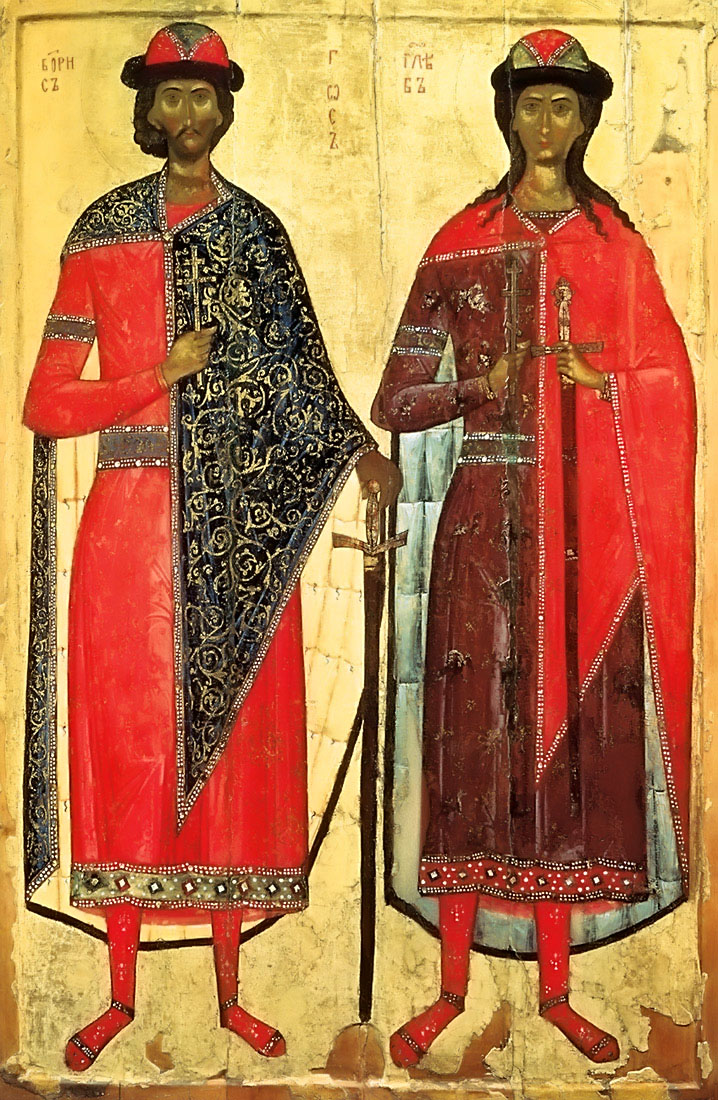 Time and Location
Time and Location
MWF 10:40-11:30
Keene-Flint 101
Description
It has long been accepted that there was in fact no such thing as “Russia” in the Middle Ages. Instead, this is a course about the history of Russia in the original Latin sense: a history of the land ruled by people known as the Rus. As such, this is not a course about the modern state of Russia, but about the lands now included in Russia, Ukraine, and Belarus. All three states currently claim the legacy of “Kievan Rus,” despite the fact that the traditional center of that medieval polity is now the capital city of Ukraine. The city of Kiev was the key to the economic, political and cultural life of the Rus, but the history of the lands of the Rus’ is not the same thing as the history of Kievan Rus’. This course will try to move away from a “kievocentric” point of view of medieval Russian history, which has been the object of much nationalist manipulation in the recent past. Following a chronological order, we will look, each week, at the questions and problems raised by the study of this region, and at some of the primary sources from which historians draw their analysis.
Textbooks
- Janet Martin, Medieval Russia, 980-1584. 2nd ed. Cambridge/New York: Cambridge University Press, 20011. ISBN: 9780521859165 [hereafter Martin].
- Basil Dmytryshyn, Medieval Russia. A Source Book, 850-1700. Gulf Breeze: Academic International Press, 2000. ISBN: 9780875692180 [hereafter Dmytryshyn]
Assignments and grading policies
There is no attendance policy, but you are responsible for attending all lectures and reading the required texts. Class participation may be taken into account to determine the overall grade. The basis for evaluation of performance will be a reading journal and five in-class assignments. Below is a detailed description of these assignments and the corresponding percentages of your final grade. You are otherwise encouraged to keep in touch with me by e-mail, if you have any questions: I check my mailbox regularly, and promise to answer quickly.
Reading journal. A quick glimpse at the list of weekly topics (see below) will no doubt convince you that this is a course with serious readings. You will be expected to digest a substantial amount of information in a fairly short period of time. The best way to do this is to keep a journal. Before every class meeting, you will post an e-mail message on my address (on top of this syllabus), in which you will discuss briefly the readings for the coming meeting, ask questions and/or make comments, raise issues that need clarification, etc. All e-mails should arrive at least 12 hours before class meetings. Be sure to keep your postings to a reasonable length (175 to 250 words long). I do not want you to spend too much time on them, but I expect you to give an articulate presentation of your thoughts. Needless to say, I also expect you to check on correct grammar and spelling before clicking on “Send.” Because the journal is designed to demonstrate your efforts towards an initial understanding of the readings, I must have in time one report for each class meeting, every week. The reading journal represents seventy percent of your final grade, 2 percent for each entry. I will send written feed-back (via e-mail) on weekly entries midway through the term. Reading reports cannot be made up; you simply need to have a journal entry for every class meeting. Be aware that missed reports may result in a substantially lower grade.
In-class assignments. The remaining thirty percent of your final grade will be based on five short assignments in class. All five will consist of multiple-choice, map, matching, short-essay questions, or a combination thereof. Besides material covered in class lectures, the in-class assignments will focus primarily on primary source readings from the Dmytryshyn book. A careful study of those texts is necessary for a good performance at the test. Because in-class assignments are announced, I do not intend to grant any make-ups, except for emergencies (e.g., illness), in which case I may ask for official justification.
Grades. The following scale will be used in determining your final grade
| Percentage | Grades |
| 96-100 | A |
| 91-95 | A- |
| 86-90 | B+ |
| 81-85 | B |
| 75-80 | B- |
| 68-74 | C+ |
| 61-67 | C |
| 55-60 | C- |
| 48-54 | D+ |
| 41-47 | D |
| 35-40 | D- |
| under 30 | E |